Home>Furniture>Living Room Furniture>How To Refresh Sofa Cushions
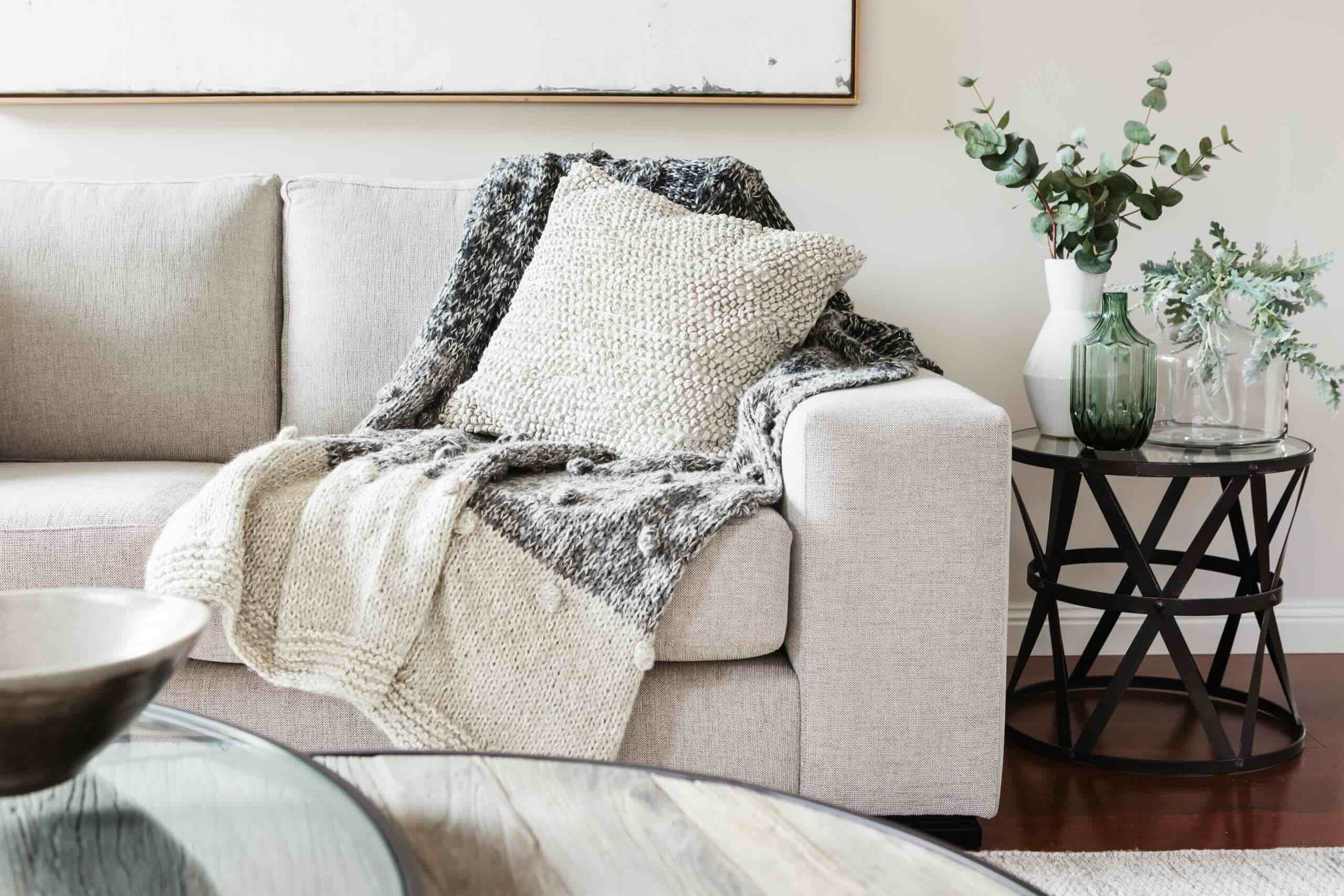

Living Room Furniture
How To Refresh Sofa Cushions
Modified: March 16, 2024
Learn how to refresh your sofa cushions and bring new life to your living room furniture. Transform your seating experience with these simple tips and tricks.
(Many of the links in this article redirect to a specific reviewed product. Your purchase of these products through affiliate links helps to generate commission for Storables.com, at no extra cost. Learn more)
Introduction
Welcome to our guide on how to refresh sofa cushions! Over time, the cushions on your sofa may lose their shape, become discolored, or accumulate unwanted odors. Fortunately, there are simple steps you can take to bring new life to your cushions, making them look and feel as good as new.
Reviving your sofa cushions not only helps maintain the overall appearance of your living room furniture, but it also ensures maximum comfort and support while lounging or entertaining guests. Whether your cushions are made of fabric or leather, the following steps will guide you through the process of refreshing them effectively and efficiently.
Before we dive into the specifics, let’s gather a few essential tools and supplies you’ll need for this task:
Read more: How To Freshen Sofa Cushions
Tools and Supplies:
- Vacuum cleaner with upholstery attachment
- Soft brush or cloth
- Mild detergent or upholstery cleaner
- Bucket or basin
- Water
- Towels or microfiber cloths
- Optional: fabric freshener or deodorizer
Now that you have everything ready, let’s get started with refreshing your sofa cushions!
Key Takeaways:
- Revive your sofa cushions by removing, cleaning, and reshaping them for a fresh and inviting living room experience. Regular maintenance ensures long-lasting comfort and style.
- With simple steps like vacuuming, spot cleaning, and fluffing, you can easily refresh your sofa cushions and enjoy a cozy and rejuvenated seating area.
Step 1: Remove the Cushions
The first step in refreshing your sofa cushions is to carefully remove them from the sofa. Depending on the design of your sofa, this may involve simply lifting the cushions out or unzipping them from the cushion covers. Take your time and be gentle to avoid any damage or tearing.
Once the cushions are removed, place them on a clean and flat surface, such as a table or the floor. This will make it easier to clean and restore them to their original condition.
While the cushions are off the sofa, take a moment to examine them closely. Look for any visible stains, dirt, or debris that may need extra attention during the cleaning process. By identifying these areas now, you can ensure a thorough and effective cleaning later.
If you notice any loose threads or seams that need repair, now is also a good time to address those issues. Use a needle and thread or fabric glue to secure any loose ends or fix minor tears. This will help prolong the lifespan of your cushions and prevent further damage.
Once you have inspected and made any necessary repairs, you are ready to move on to the next step: vacuuming or shaking out the cushions.
Step 2: Vacuum or Shake Out the Cushions
Now that you have removed the cushions from your sofa, it’s time to remove any loose dirt, dust, or debris from them. This step will help prepare the cushions for deeper cleaning and ensure a fresh start.
If you have a vacuum cleaner with an upholstery attachment, this is the ideal tool to use for this task. Attach the upholstery brush to your vacuum and gently run it over the surface of each cushion. Pay special attention to the corners, seams, and crevices where dirt tends to accumulate.
If your cushions have visible pet hair or lint, use a lint roller or a handheld vacuum cleaner to remove them before proceeding with the upholstery attachment. This will help prevent clogging and ensure a more effective cleaning.
If you don’t have a vacuum cleaner with an upholstery attachment, don’t worry. You can still effectively remove loose dirt and debris by gently shaking out the cushions outdoors. Find a clean area, such as a patio or balcony, and hold the cushions by the corners. Give them a few good shakes to dislodge any trapped particles.
Once you have vacuumed or shaken out the cushions, take a moment to inspect them again. If you notice any remaining dirt or debris, use a soft brush or cloth to gently brush it away.
By removing surface dirt and debris, you are now ready to move on to the next step: spot cleaning or washing the cushion covers.
Step 3: Spot Clean or Wash the Cushion Covers
Now that you have removed surface dirt and debris from your sofa cushions, it’s time to focus on cleaning the cushion covers themselves. Depending on the fabric type and any specific cleaning instructions provided by the manufacturer, you can choose between spot cleaning or washing the cushion covers.
If your cushion covers have small stains or spills, spot cleaning is usually sufficient to remove them. Start by testing the cleaning solution on a small, inconspicuous area of the fabric to ensure it doesn’t cause any discoloration or damage.
To spot clean the cushion covers, you can create a mild cleaning solution by mixing a few drops of mild detergent with water in a bucket or basin. Dip a soft cloth or sponge into the solution and gently blot the stained areas, working from the outside towards the center. Avoid rubbing or scrubbing too vigorously, as this can damage the fabric.
Once you have treated the stains, rinse the cloth or sponge with clean water and gently blot the area to remove any residual detergent. Then, use a clean towel or microfiber cloth to absorb excess moisture from the cushion covers.
If your cushion covers are removable and machine washable, you may choose to wash them for a more thorough cleaning. Check the care label or manufacturer’s instructions for the recommended washing instructions.
Before washing the cushion covers, close any zippers and fasten any buttons or closures to prevent them from getting damaged in the washing machine. Turn the cushion covers inside out to protect the outer surface during the wash.
Wash the cushion covers on a gentle cycle using a mild detergent. Use cold water to prevent shrinking or color fading. Once the wash cycle is complete, remove the cushion covers from the machine and gently reshape them.
Whether you spot clean or wash the cushion covers, it’s important to let them air dry fully before proceeding to the next step. Avoid using a dryer or direct sunlight, as this can cause shrinkage or fading. Instead, lay the cushion covers flat or hang them up to dry naturally.
Once the cushion covers are clean and dry, you are ready to move on to the next step: fluffing and shaping the cushions.
To refresh sofa cushions, remove the covers and fluff the filling to redistribute it evenly. If the cushions are washable, follow the care instructions to clean them. If not, use a fabric freshener to eliminate odors.
Read more: How To Arrange Cushions On Sofa
Step 4: Fluff and Shape the Cushions
Now that your cushion covers are clean and dry, it’s time to focus on fluffing and shaping the cushions themselves. This step is crucial for restoring their original plumpness and ensuring maximum comfort when you sit or lie on your sofa.
To begin, pick up one cushion at a time and gently squeeze and knead it to distribute the filling evenly. This will help loosen any clumps or compacted areas that may have formed over time. Pay attention to the corners and edges, as these areas tend to flatten out faster.
If your cushions are filled with down or feathers, fluffing them is even more important. Hold the cushion by the edges and give it a few firm karate chop-like strikes with your other hand. This motion helps redistribute the filling and adds volume to the cushion.
For foam or polyester-filled cushions, you can achieve a similar effect by pressing down on the cushion and releasing it in a quick motion. Repeat this process several times, focusing on different sections of the cushion to ensure all areas are fluffed properly.
If the cushions still feel slightly lumpy or uneven, you can use your hands or a soft brush to smooth out the filling. Gently pat and shape the cushions, working from the center towards the edges, until they regain their desired shape and fullness.
Take a step back and visually assess the cushions. If any areas still appear flat or misshapen, continue to fluff and shape them until you achieve the desired result.
Once you have fluffed and shaped all the cushions, it’s time for the final step: replacing them back onto your sofa.
Before you proceed, take a moment to inspect the cushion covers one last time. Ensure they are completely dry and free of any wrinkles or folds. Smooth out any wrinkles or creases to give them a neat and polished look.
Now, carefully place each cushion back onto the sofa, ensuring they align properly and fit snugly into their respective covers or compartments. Gently press down on each cushion to ensure they are securely in place.
With the cushions back in position, take a moment to appreciate the refreshed and revitalized look of your sofa. The fluffed and shaped cushions not only enhance the aesthetic appeal of your living room furniture, but they also provide a comfortable and inviting seating experience for you and your guests.
Now that you have refreshed your sofa cushions, it’s time to relax and enjoy the cozy atmosphere of your living room. Sit back, put your feet up, and bask in the comfort of your newly revived cushions.
Congratulations! You have successfully completed the process of refreshing your sofa cushions. By following these steps regularly, you can maintain the appearance and longevity of your cushions for years to come.
Step 5: Replace the Cushions
After fluffing and shaping your sofa cushions, the final step is to carefully put them back in their rightful place on the sofa. Properly replacing the cushions ensures a neat and cohesive look for your living room furniture.
Begin by picking up each cushion and aligning it with the corresponding cover or compartment. Pay attention to ensure that the cushion fits snugly into the designated space. If necessary, gently adjust the cushions to achieve an even and symmetrical appearance.
For cushions with removable covers, you may need to zip or button them back up. Make sure all closures are secure to prevent the cushions from slipping or shifting when in use.
Take a step back and assess the overall arrangement of the cushions. Ensure that they are evenly distributed across the sofa, creating a balanced and inviting seating area. Adjust the positioning of any decorative throw pillows or accent cushions to enhance the visual appeal of the sofa.
With the cushions properly replaced, take a seat on your sofa and test the comfort and support they provide. Pay attention to any areas that may still feel uneven or compressed. If necessary, give the cushions another gentle fluff or shape to achieve optimal comfort.
Now that your refreshed sofa cushions are back in place, take a moment to admire the transformation. Not only will your sofa look rejuvenated and inviting, but the comfortable and supportive cushions will provide a cozy space for you and your loved ones to relax and unwind.
Remember to maintain your newly refreshed cushions by regularly fluffing and cleaning them as needed. This will help prolong their lifespan and keep your sofa looking and feeling its best for years to come.
Congratulations! You have successfully completed the process of refreshing and replacing your sofa cushions. By following these steps, you have not only spruced up the appearance of your living room furniture but also ensured a comfortable and inviting seating experience for yourself and your guests.
Now it’s time to sit back, relax, and enjoy the comfort and beauty of your newly refreshed sofa!
Conclusion
Refreshed and well-maintained sofa cushions can make a significant difference in the overall look and comfort of your living room. By following the steps outlined in this guide to refresh your sofa cushions, you can restore their shape, cleanliness, and overall appeal.
The process begins with removing the cushions and performing a thorough vacuuming or shaking out to eliminate loose dirt and debris. Spot cleaning or washing the cushion covers removes stains and ensures a fresh and clean surface. Fluffing and shaping the cushions helps restore their plumpness and comfort, while proper replacement of the cushions gives your sofa a polished and inviting look.
Regularly refreshing your sofa cushions not only improves the aesthetic appeal of your living space but also prolongs their lifespan. By adopting a proactive approach to cushion maintenance, you can enjoy a comfortable and stylish seating experience for years to come.
Remember to consult the manufacturer’s instructions and recommendations for cleaning and care, especially if your sofa cushions have specific requirements due to the type of fabric or filling used.
With the steps provided in this guide, you now have the knowledge and tools to refresh your sofa cushions effectively and efficiently. So, why wait? Take the time to give your cushions some well-deserved attention and enjoy the renewed comfort and beauty of your sofa!
Frequently Asked Questions about How To Refresh Sofa Cushions
Was this page helpful?
At Storables.com, we guarantee accurate and reliable information. Our content, validated by Expert Board Contributors, is crafted following stringent Editorial Policies. We're committed to providing you with well-researched, expert-backed insights for all your informational needs.
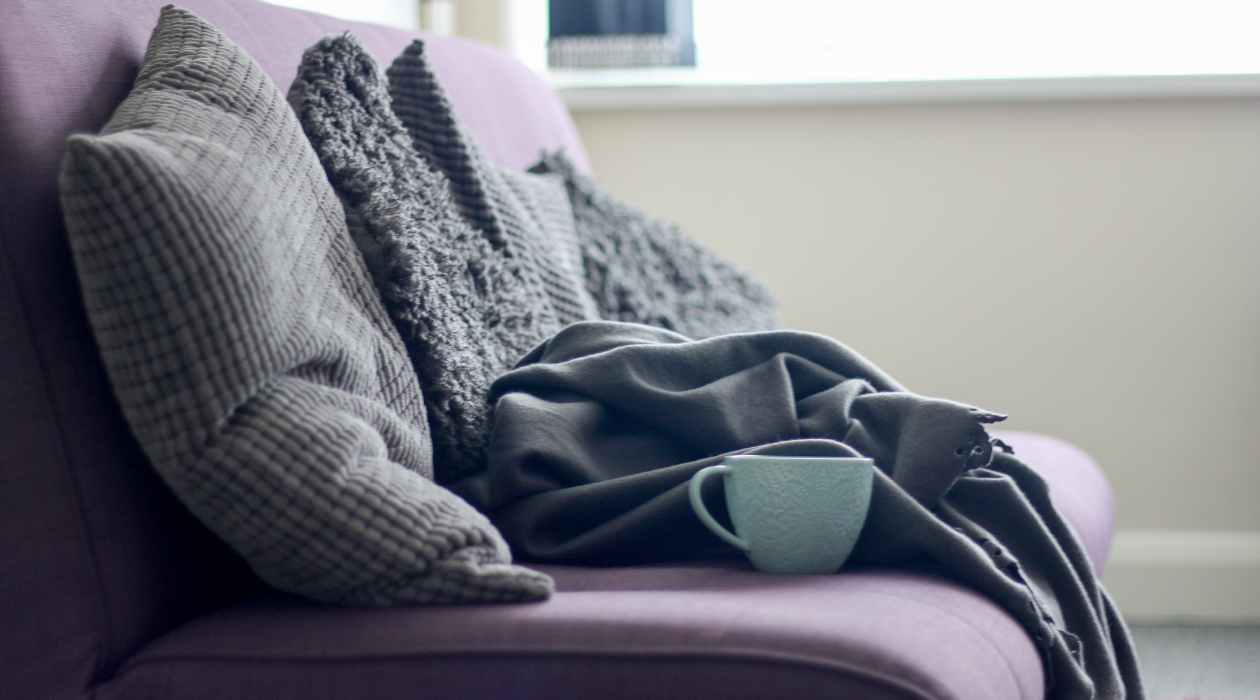

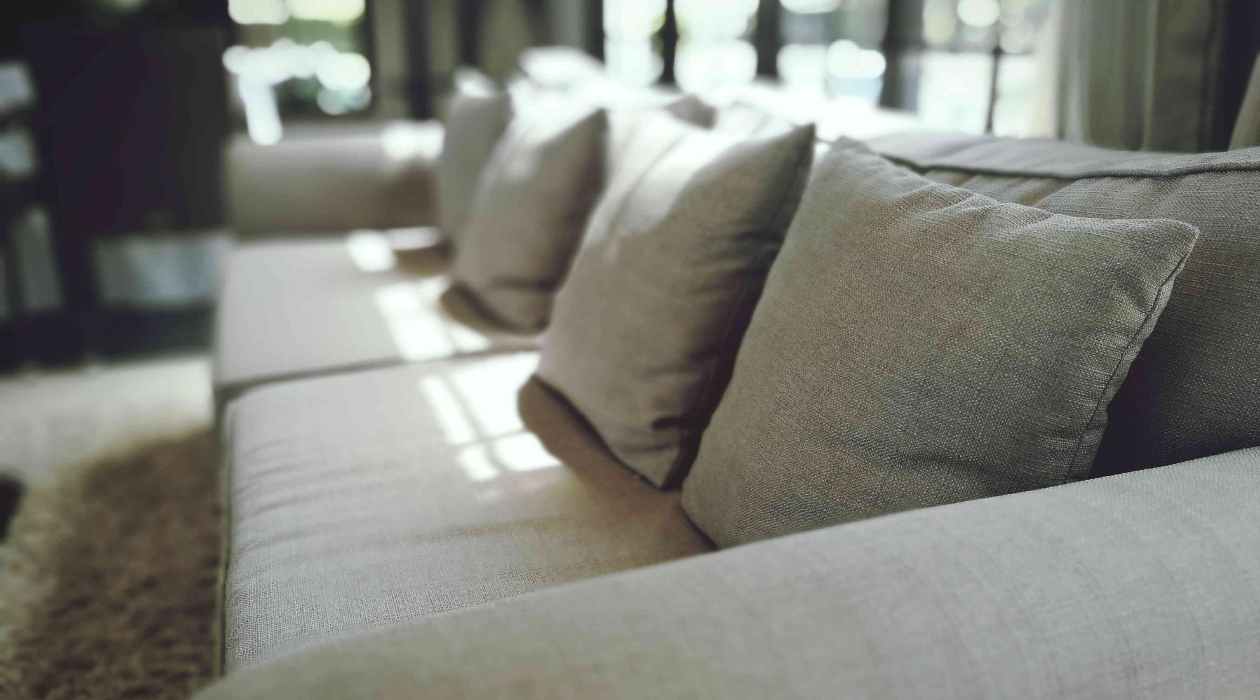
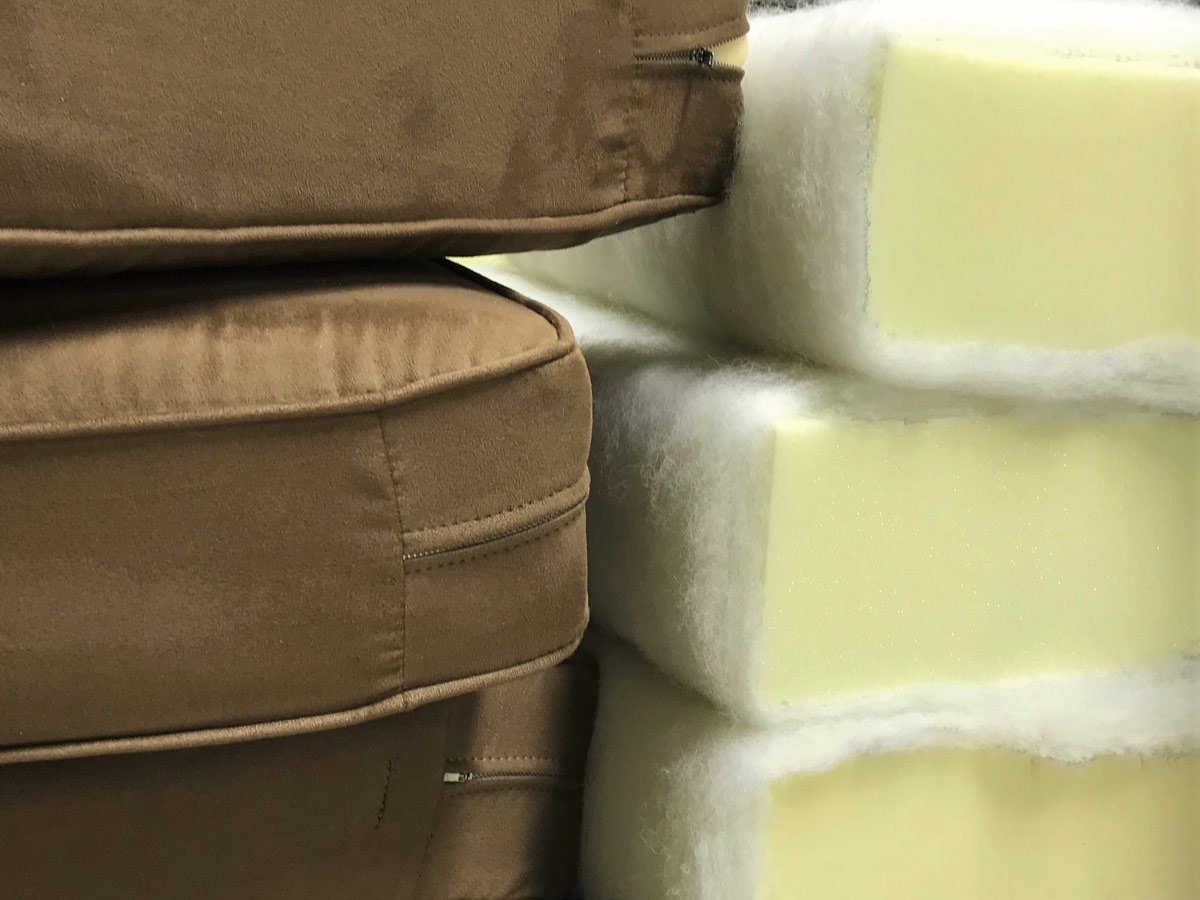
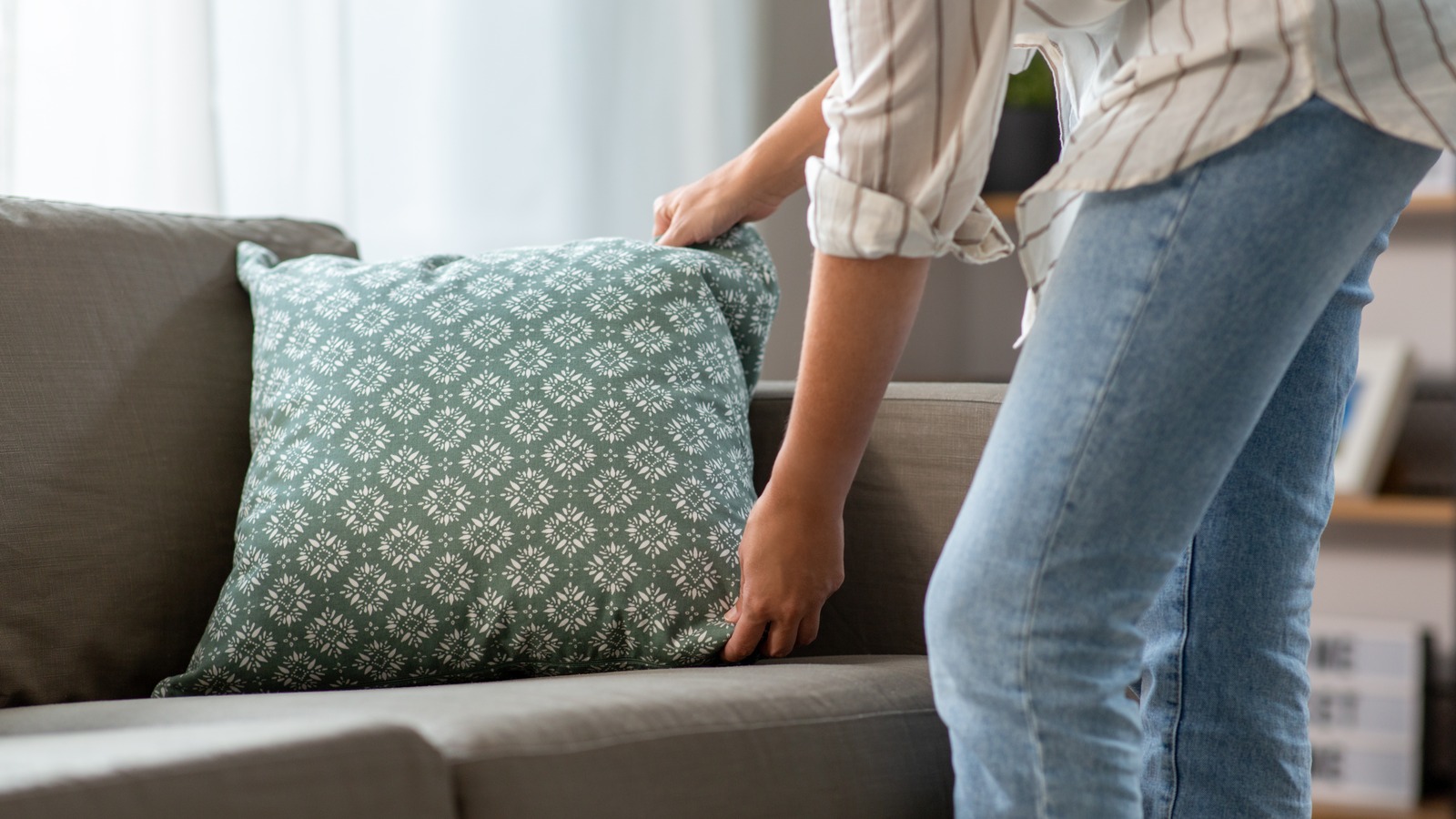

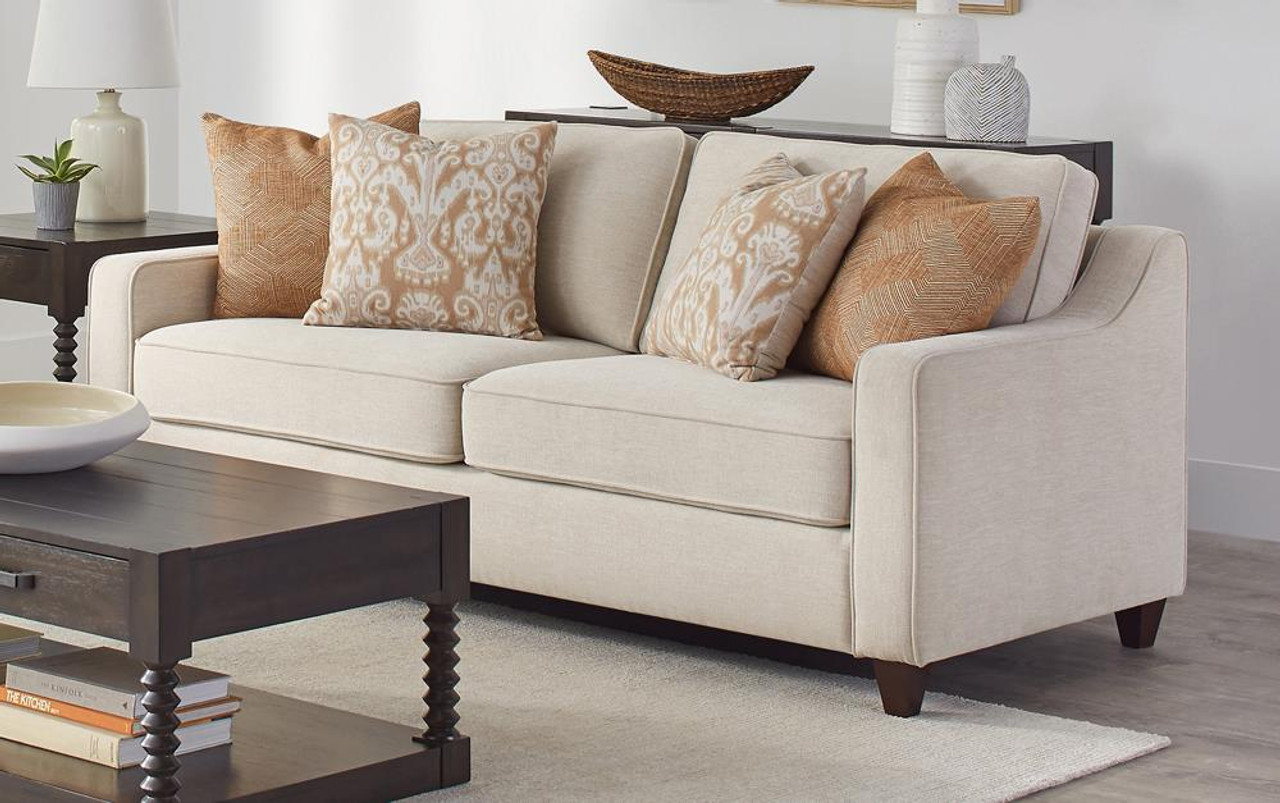
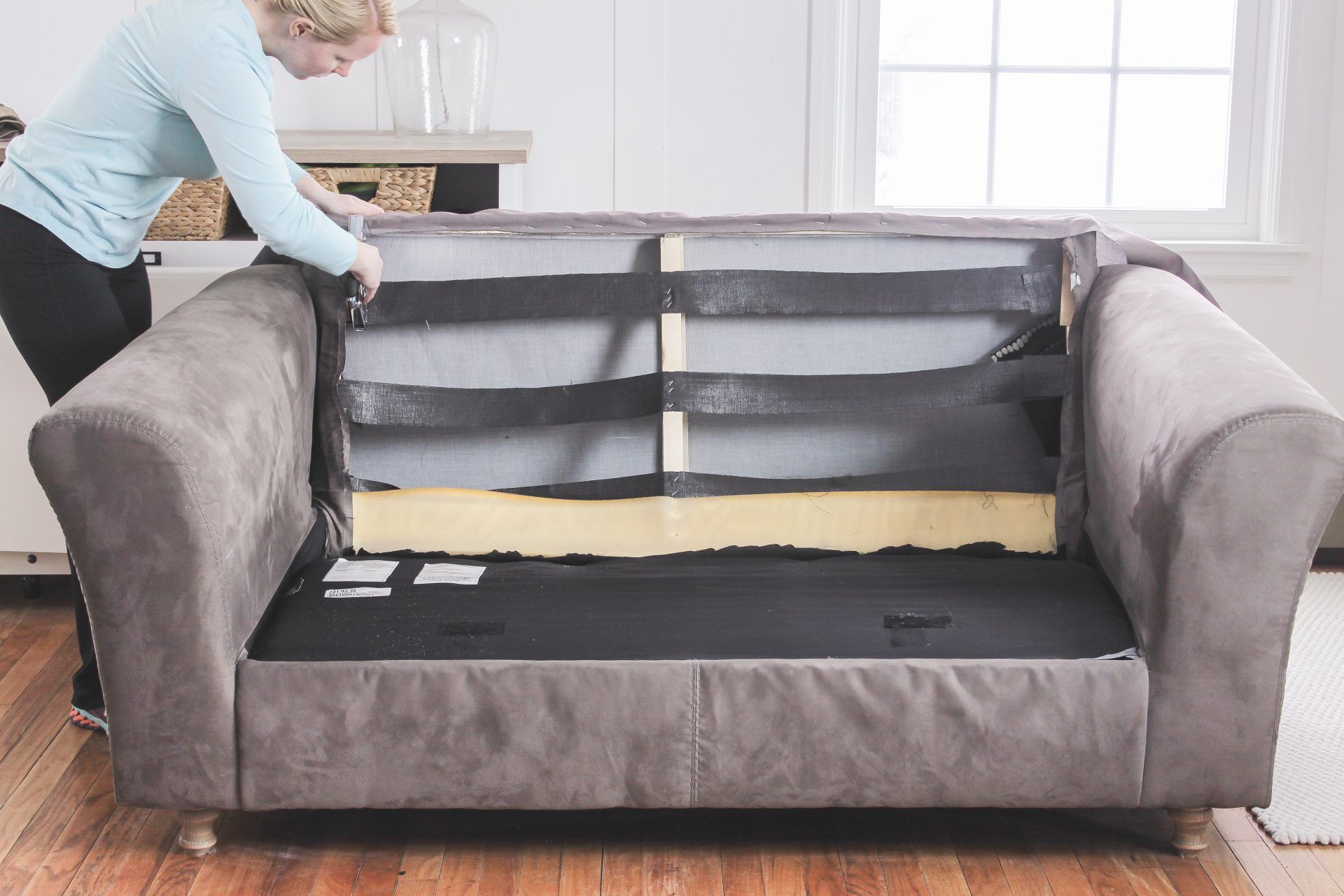
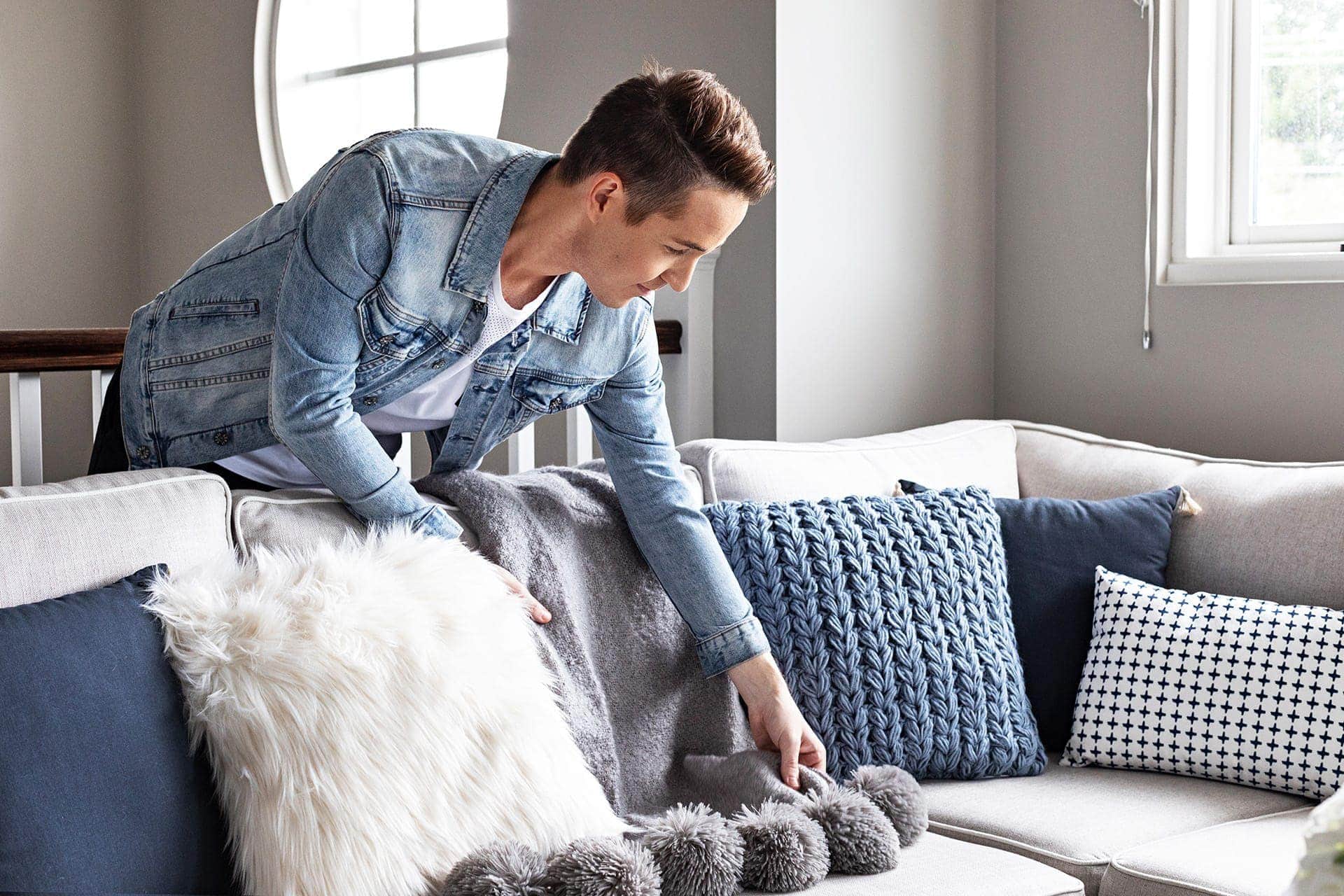
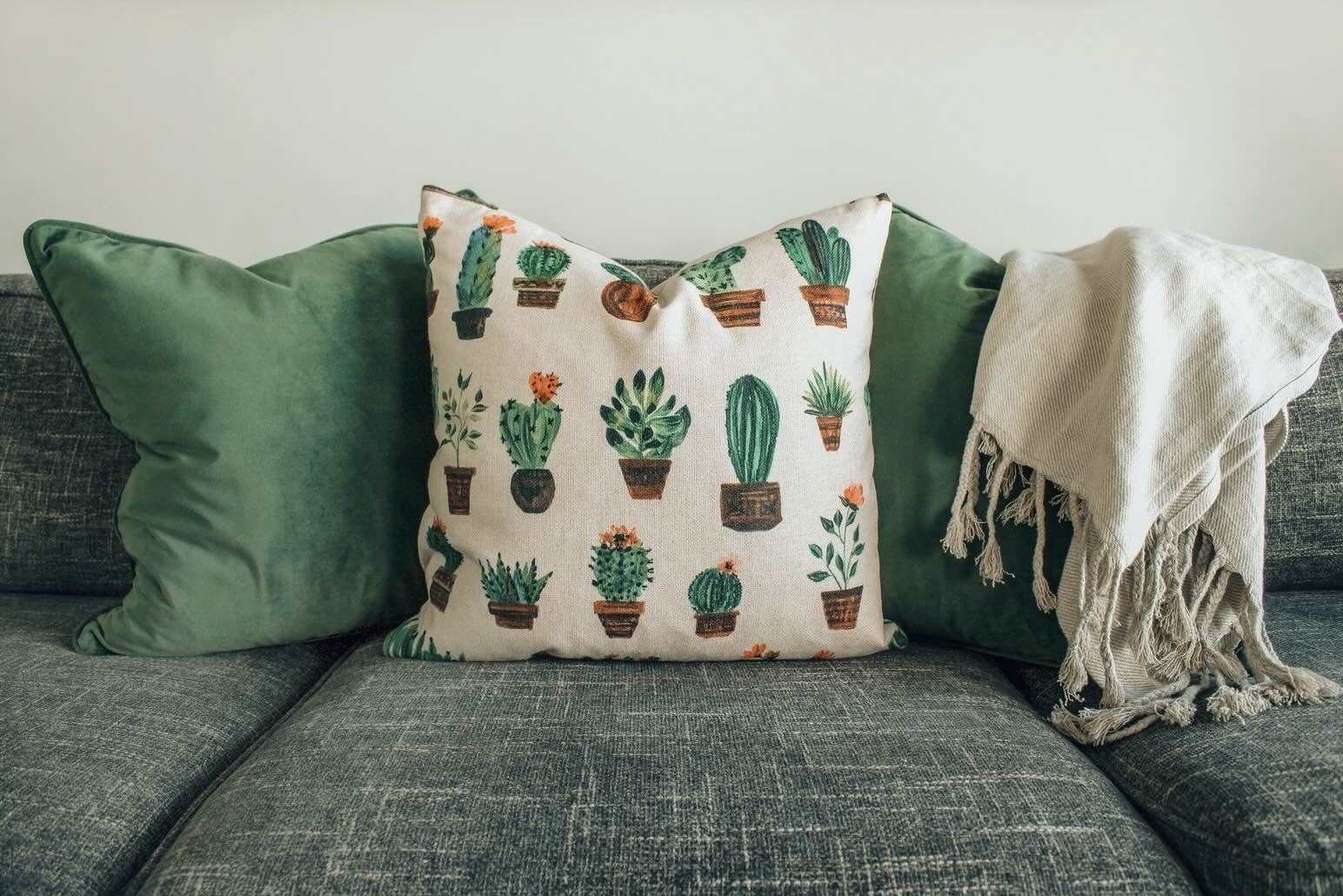



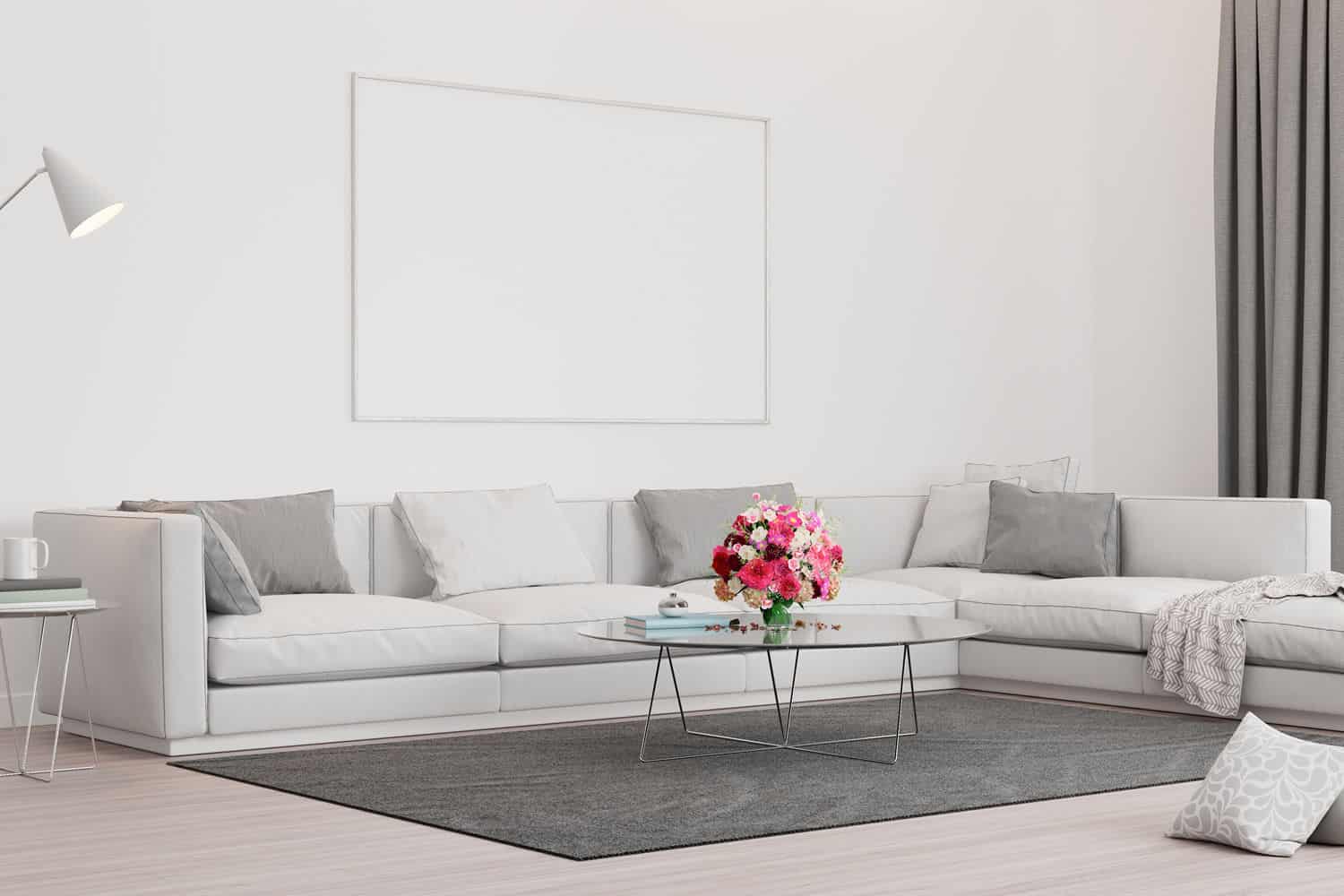

0 thoughts on “How To Refresh Sofa Cushions”